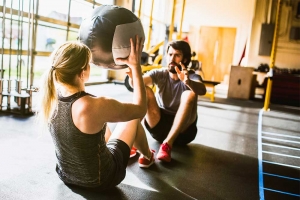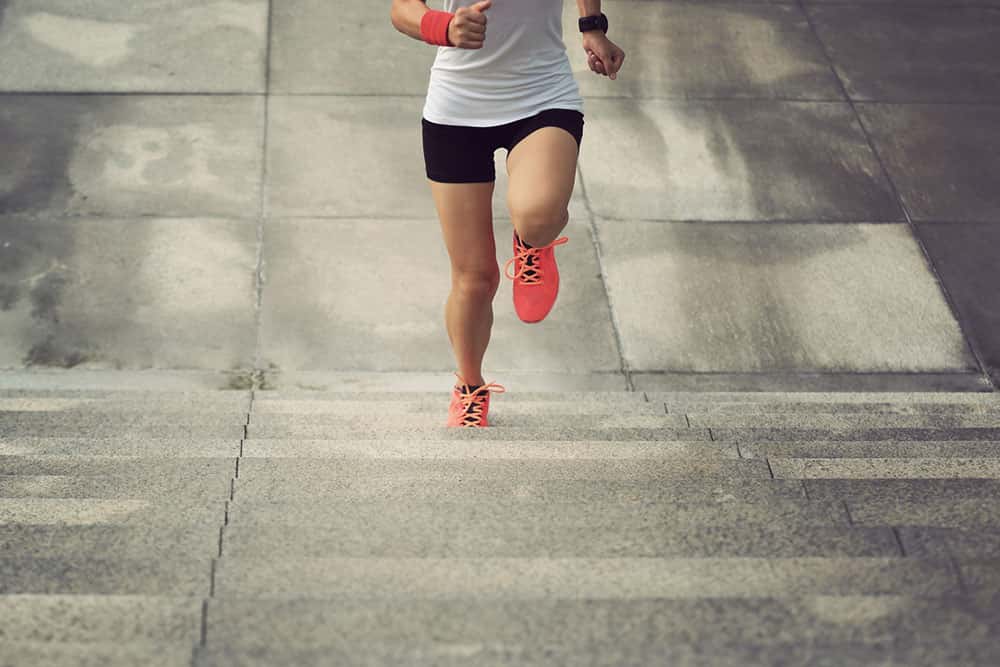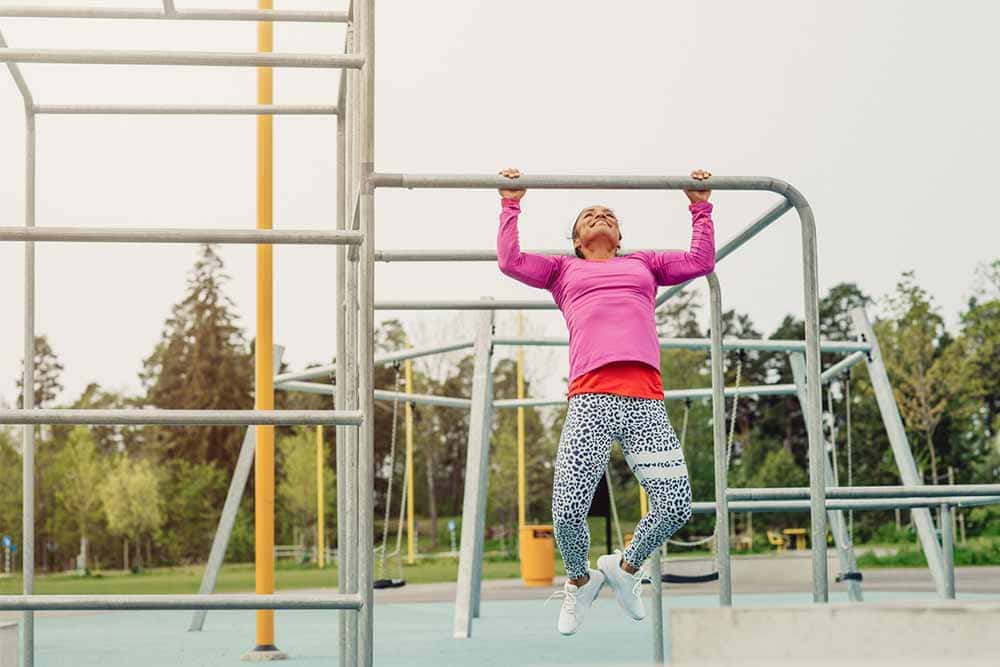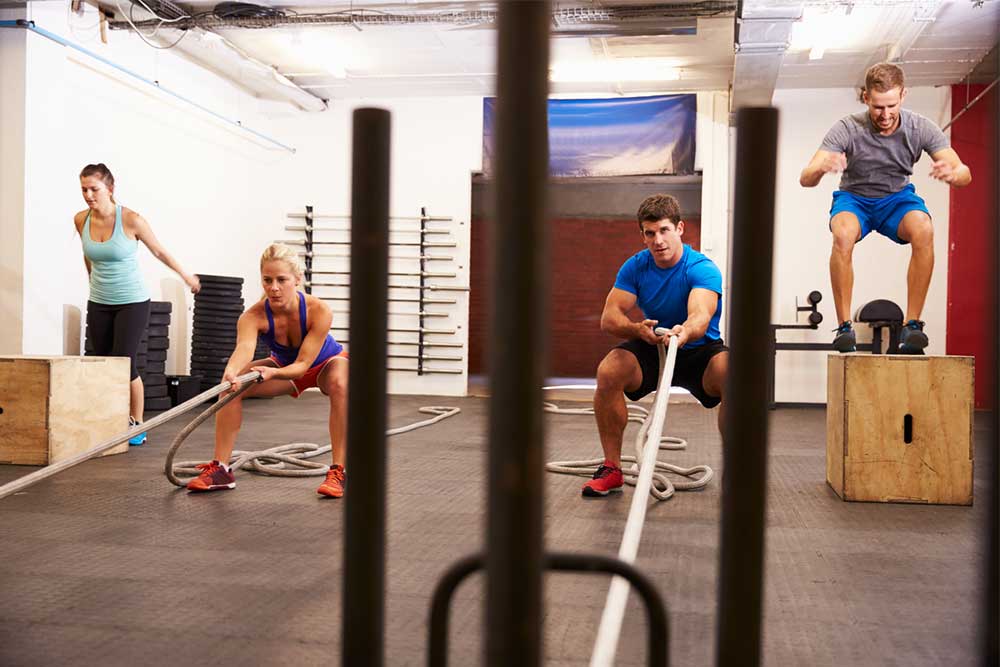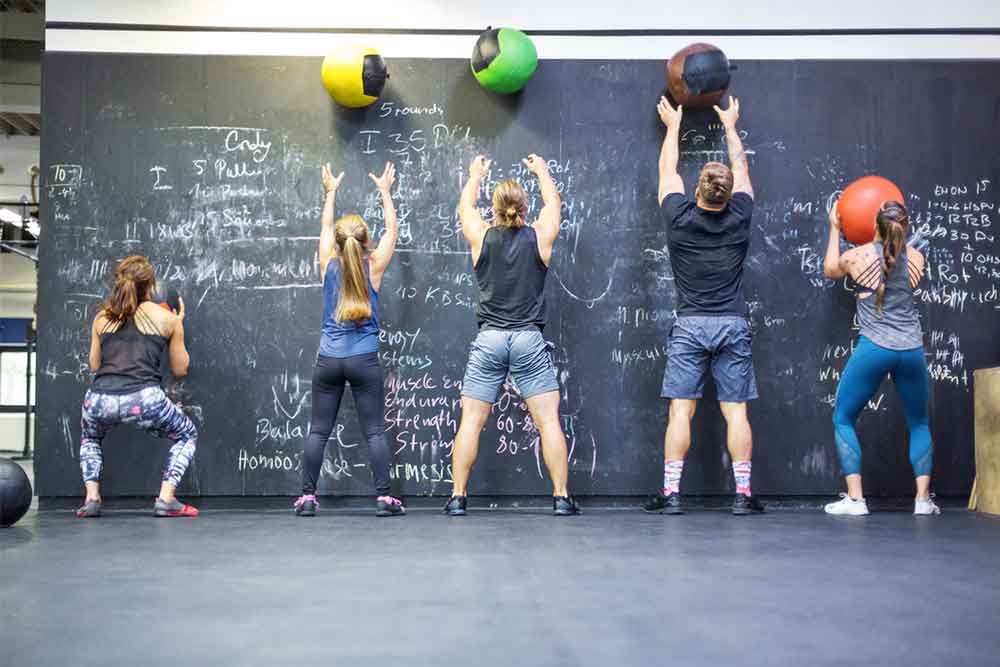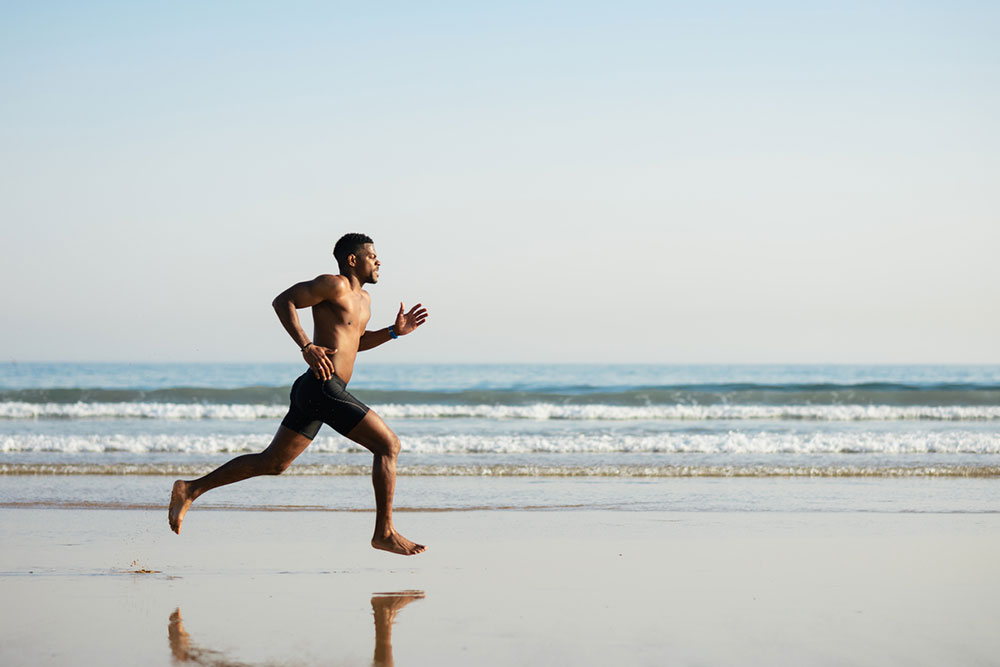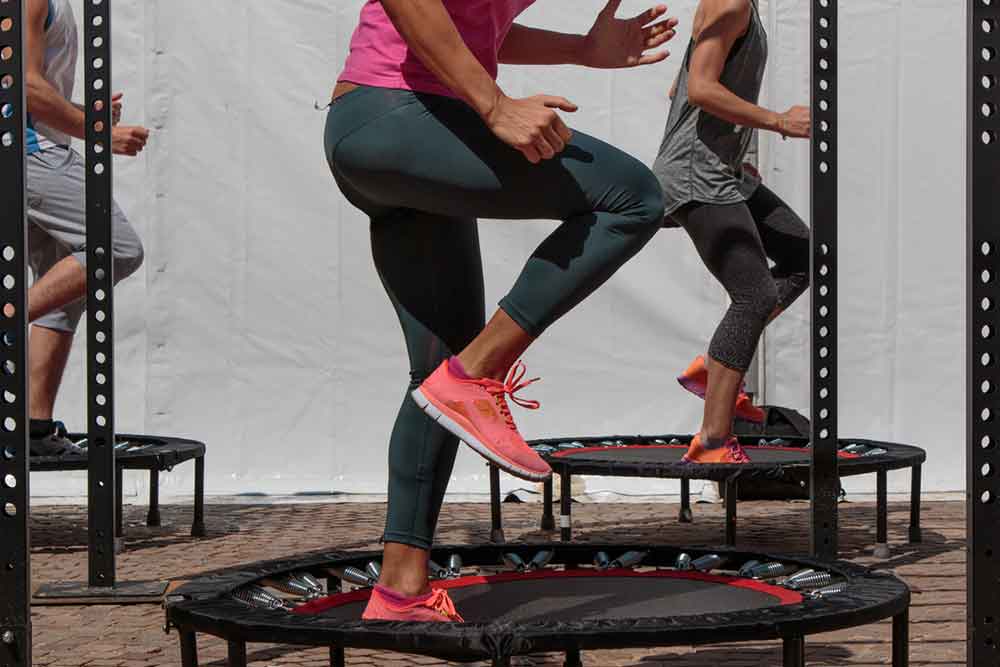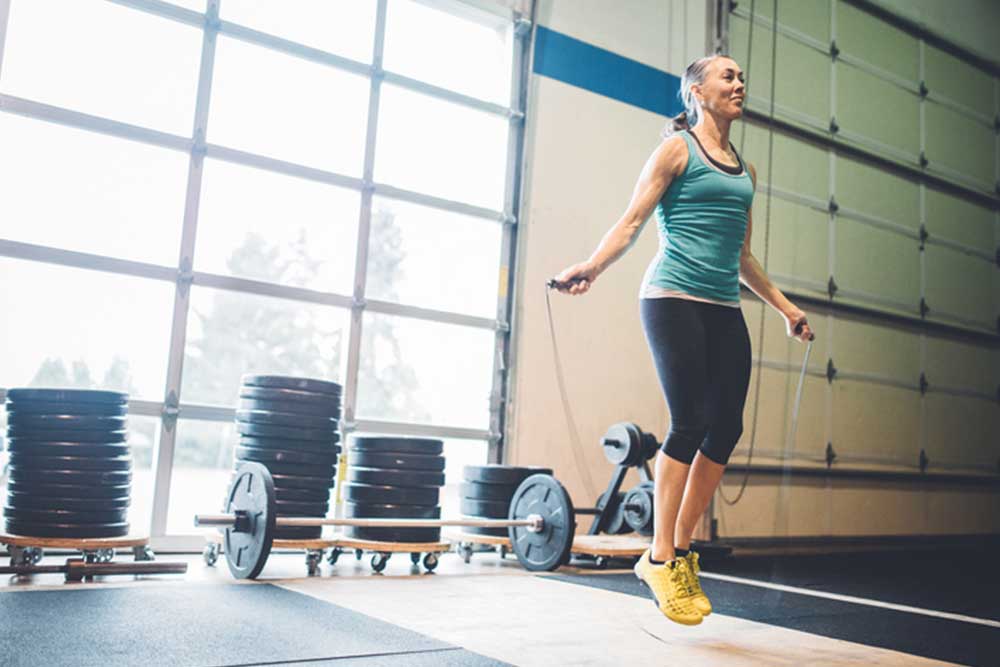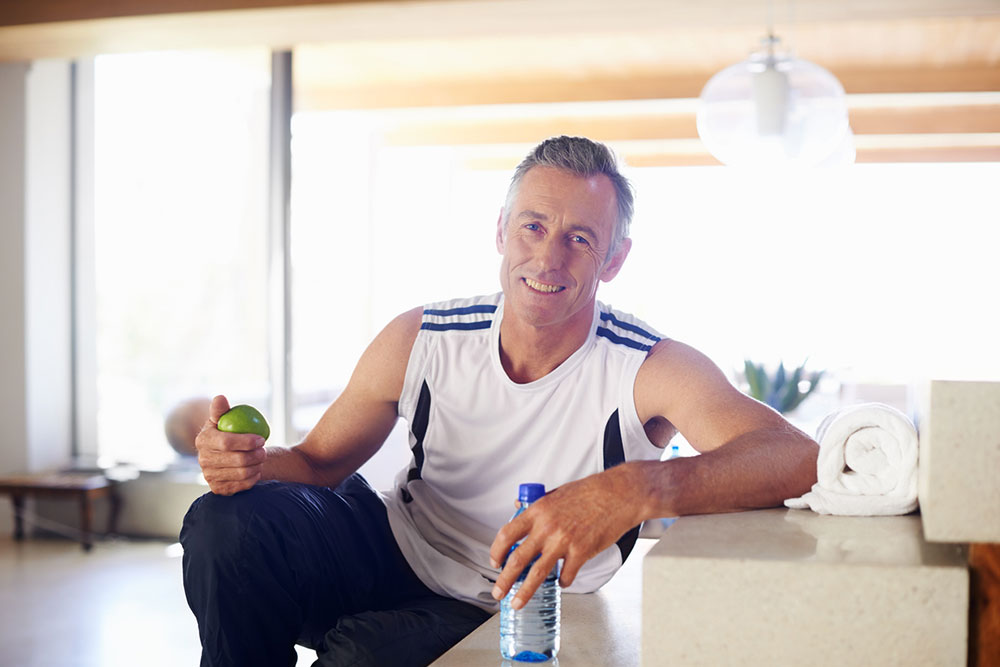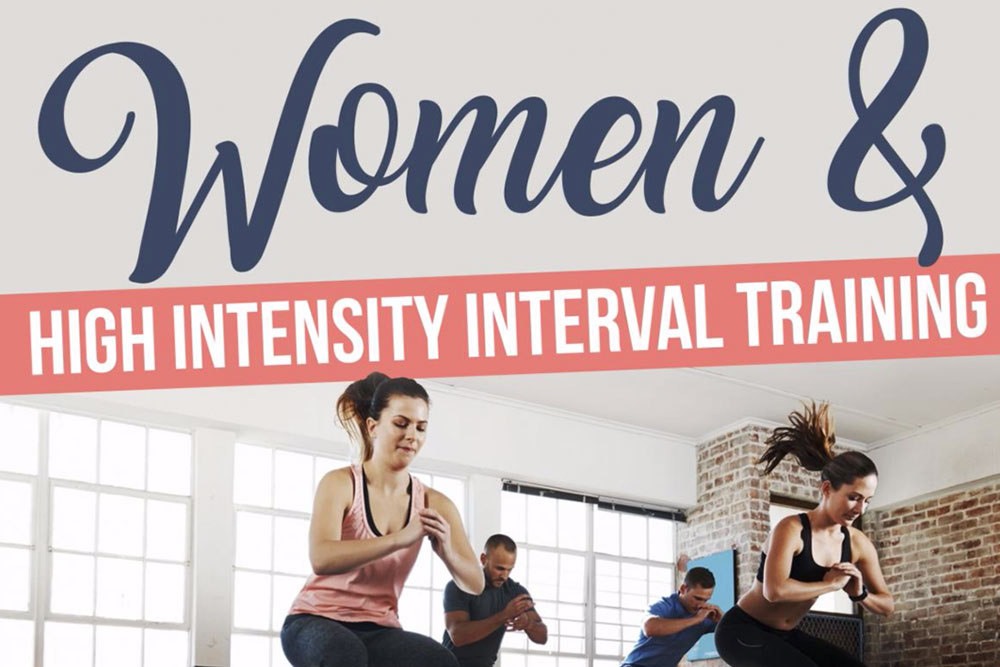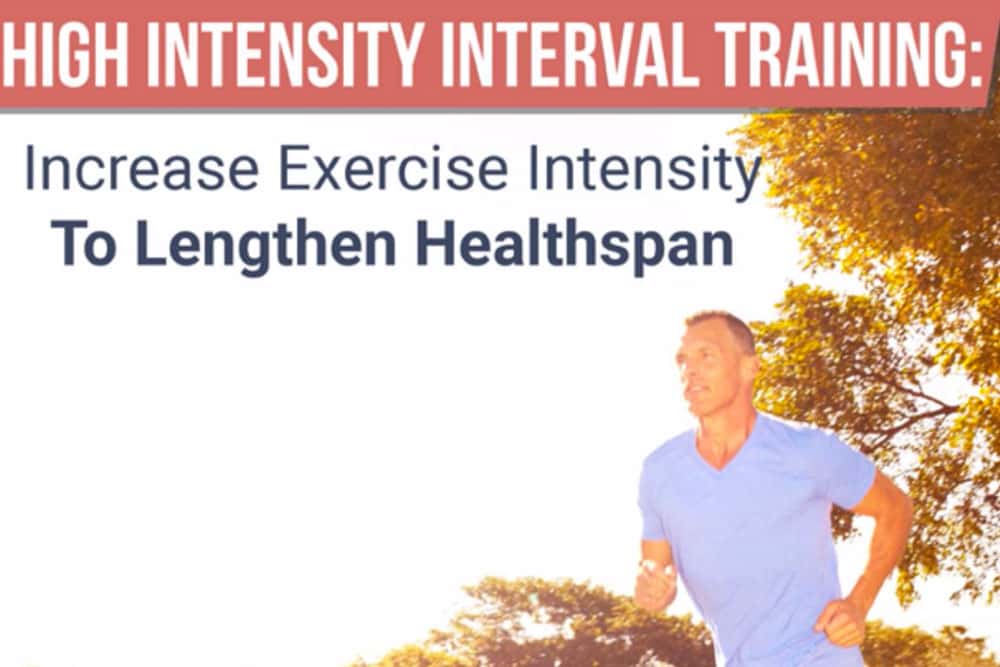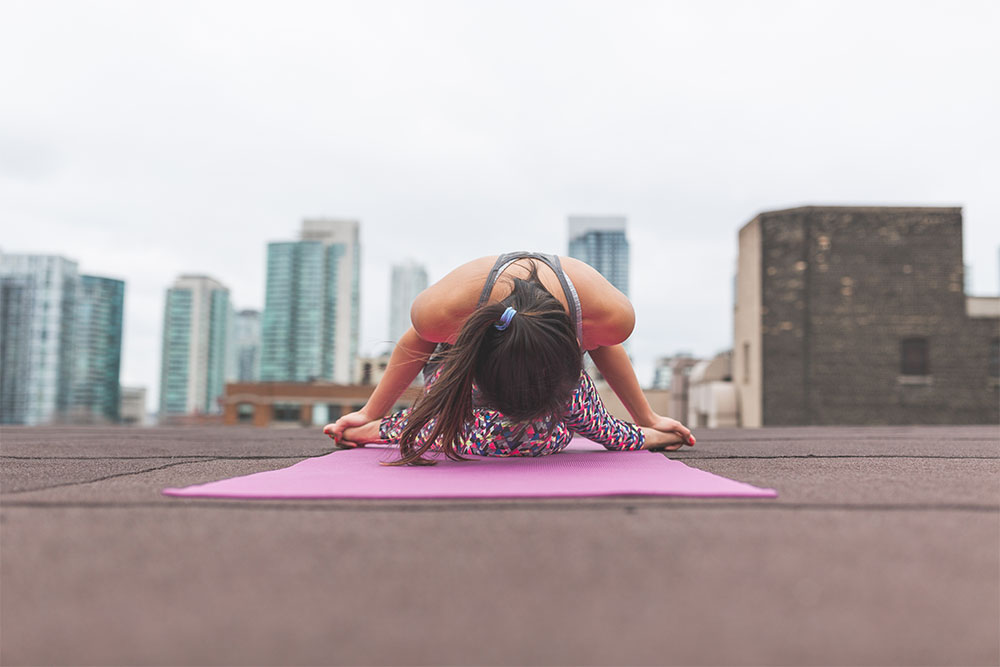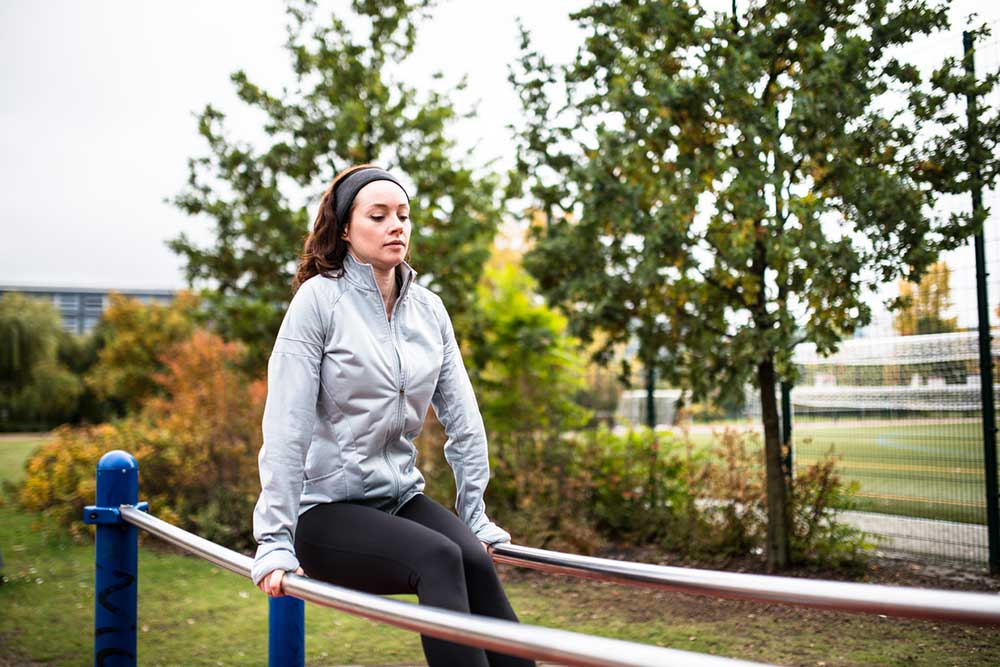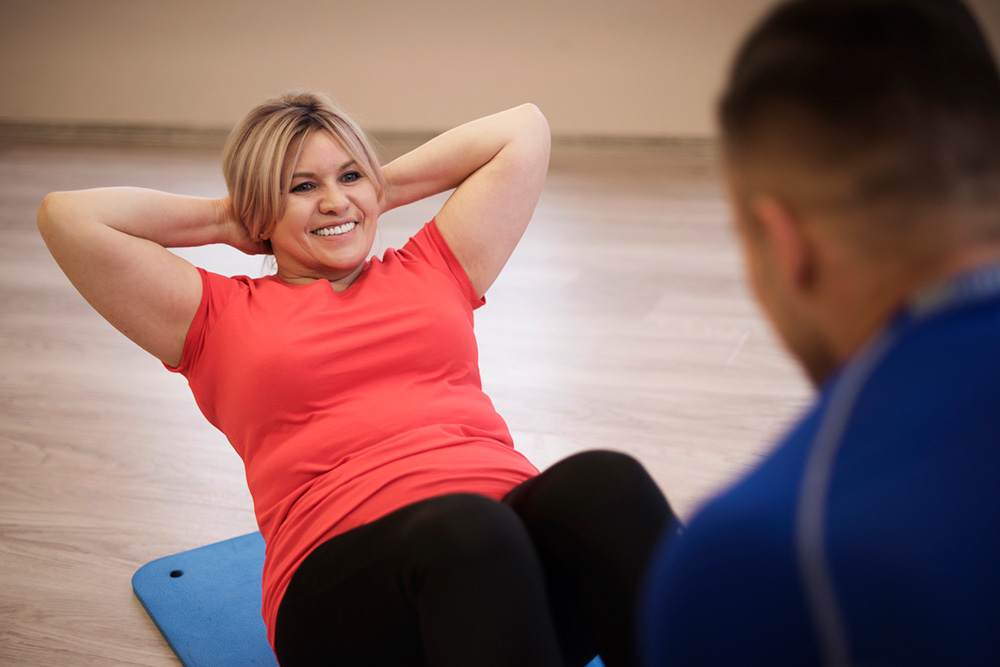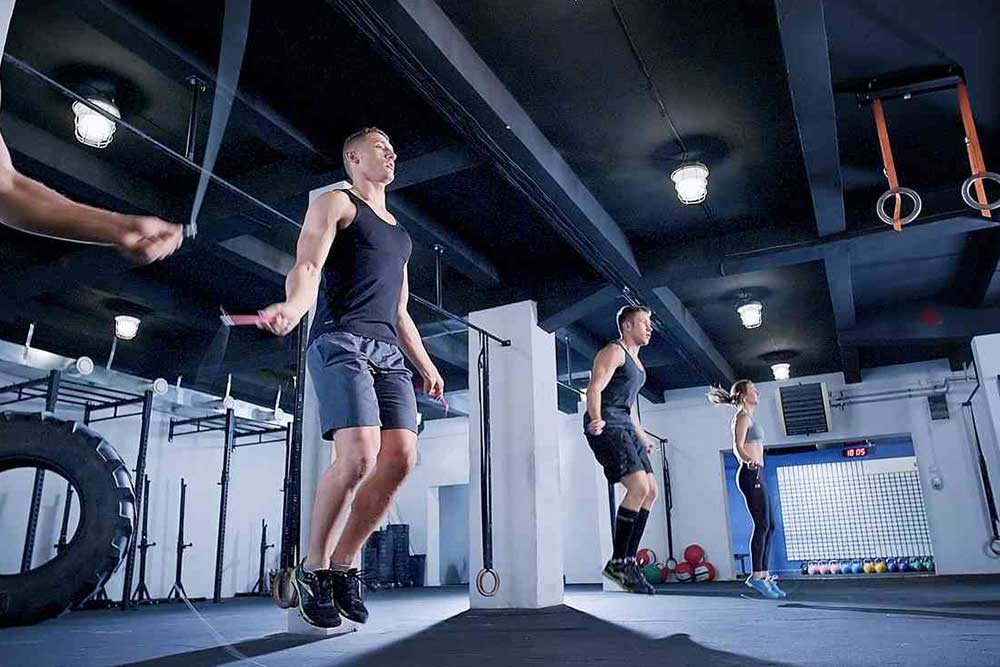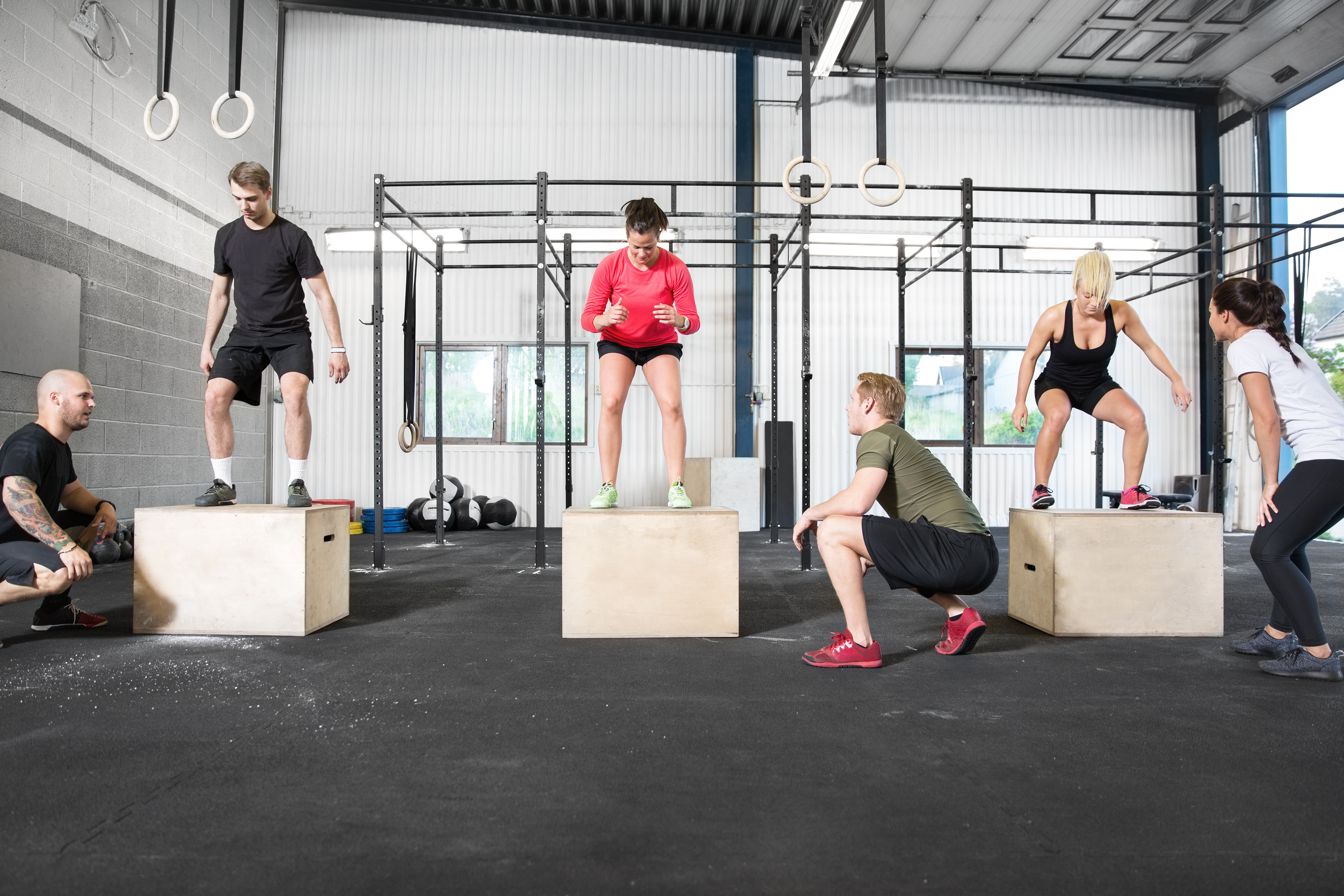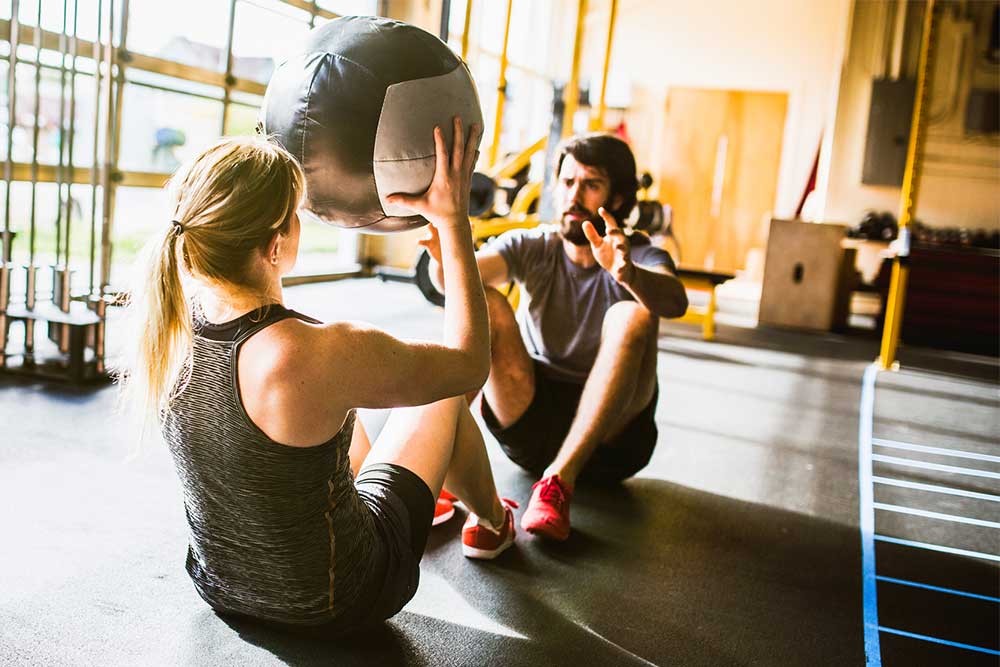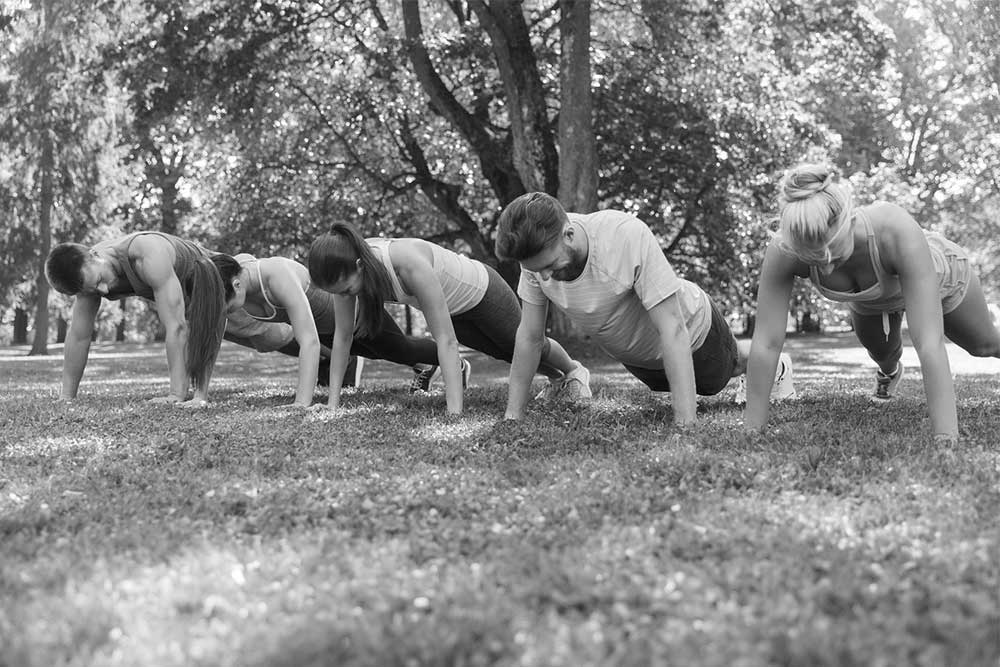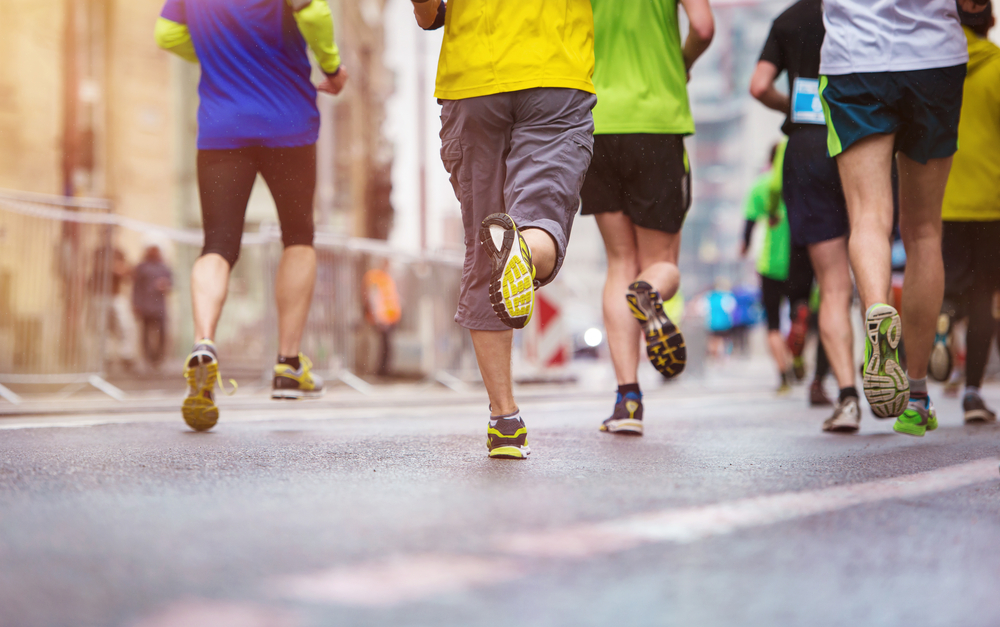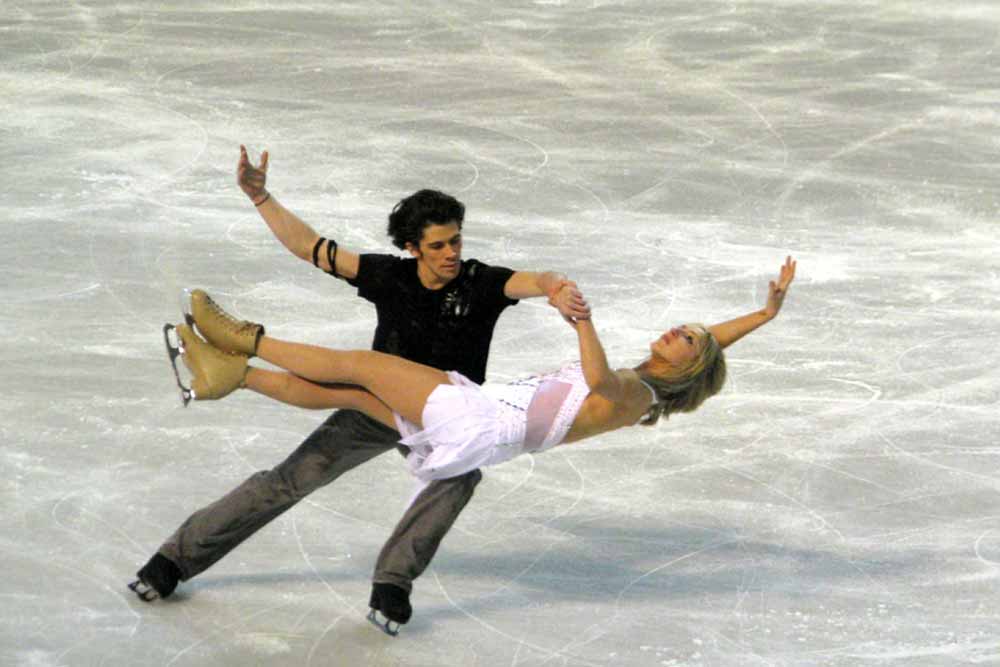Can HIIT Improve Mental Health?

High intensity interval training (or HIIT for short) has fast become one of the most common forms of exercise on the planet. Used by athletes and regular gym goers alike, it has been applauded for its ability to improve health and fitness in an extremely short amount of time.
But did you know it can have a positive impact on your mental health too?
What is HIIT?
HIIT simply describes a type of aerobic activity that has you performing short bouts of very intense exercise, alternating with lighter periods of recovery (Wewege, 2017).
For example, during a simple HIIT protocol, you might sprint for 30 seconds, then walk for 30 seconds (to allow for a brief recovery). You would then repeat this for 20 total minutes to get in a very effective HIIT workout.
While the total duration of this example session is only 20 minutes, most of it is spent working very hard. As a result, HIIT offers a myriad of benefits when compared to more traditional ‘steady state’ aerobic exercise.
Especially when it comes to mental health.
What are the mental health benefits of HIIT?
So, Can HIIT boost mental health?
Exercise has long been considered one of the most effective natural mental health boosters on the planet – and high intensity interval training takes it to the next level.
In fact, when it comes to HIIT benefits, the impact it has in this area is some of its most impressive.
HIIT and mental health benefits
First and foremost, we are going to a look at some of the more ‘general’ mental benefits associated with HIIT – and I should note, while I may say general, that does not make them insignificant.
Undertaking a single session of HIIT has been shown to cause large increases in mood and wellbeing (Ouerghi, 2016).
Over time, through the adoption of a longer term HIIT program, these increases lead to marked improvements in happiness, overall life satisfaction, and psychological wellbeing – all of which have a significant impact on mental health (Costigan, 2016).
HIIT effect on anxiety and depression
Given the positive impact of HIIT on mental state, it should come as no surprise that it can also influence depression and anxiety (Martland, 2020).
In fact, performing HIIT for as little as twice per week for a total of two weeks is enough to cause a significant reduction in symptoms of both depression and anxiety.
Importantly, this effect appears to be increased with the duration of the intervention – suggesting that adopting HIIT as part of a lifestyle change can have a major impact on the prevention and treatment of these two debilitating mental diseases.
In fact, I would argue that HIIT is one of the best exercises for depression and anxiety, period.
HIIT effect on confidence
Finally, in conjunction with the improvements in psychological wellbeing and mental state, HIIT can also have an impact on confidence (Petty, 2009; Selmi, 2018).
Undertaking a HIIT training intervention has been shown to cause improvement in self-confidence, self-esteem, and feelings of self-worth – all of which lead to a lasting state of improved happiness.
Interestingly, these improvements tend to happen irrespective of changes in body weight, suggesting that HIIT has a positive impact on the brain and hormonal systems, as well as the more ‘physical’ systems of the body.
Related Article: 3 Benefits of Exercise and Mental Health
Recent HIIT research
While the health benefits of HIIT have been known for decades, research has only recently begun to explore how we can best apply this mode of training to without an increased risk of injury.
And fortunately for us, a recent systematic review has summarised just that (Martland, 2020).
How much HIIT do you need to do to reap benefits?
In this review, it was concluded that performing HIIT 2-3 times per week for a minimum of seven weeks is enough to cause marked improvements in not only the many mental health parameters above, but also:
- Aerobic fitness
- Weight management
- Blood glucose
- Blood cholesterol
- Heart health
- Quality of life
What makes this even more impressive is the fact that 3 sessions of HIIT per week may only equate to a grand total of 40-60 minutes exercise – which is nothing really.
Best HIIT workouts to improve mental health
Finally, given the huge impact that HIIT can have on health, I wanted to outline some of my favourite HIIT workouts.
So, enjoy.
The 30/30 workout
This is the workout that I alluded to above.
Choose your favourite aerobic exercise modality (it can literally be anything) and go at about 80% of your maximum speed for 30 seconds. Then follow this with 30 seconds at about 30% of your maximum speed, allowing for some recovery.
Repeat this for 15-20 minutes and enjoy the burn.
The bodyweight HIIT session
I really like this session because it can be performed anywhere – even at home.
Work through the exercises below in an alternating fashion, spending 30 seconds on each exercise, for a total of 5 rounds. This ends up lasting about 20 minutes, making it the perfect option for anyone who cannot make it to the gym:
- Jump squats
- Clap push ups
- Walking lunges
- Close hand push Ups
- Alternating single leg hip lifts
- Wide hand push ups
- Bodyweight squats
- Plank hold
Simple as can be.
Related Article: Are Abdominal Crunches Effective?
The Maximal Aerobic Speed HIIT Session
This final session is one of my favourites when it comes to individuals who compete in field sports, as it has the potential to cause huge improvements in fitness in a relatively short amount of time.
I personally like performing this one at the park, or on a running track.
After a thorough warmup, you are going to sprint as hard as you can for 15 seconds. You will then rest for 45 seconds (standing still), after which you will repeat the process 10 times.
You will the rest for 3 minutes, before performing another 10 rounds.
While this may look pretty easy, it is deceptively challenging. I guarantee that you will be blowing hard come the end of it.
Related Article: How to Incorporate HIIT in Every Workout
Take Home Message
HIIT has fast become on of the most popular exercise modalities on the planet. For very good reason too.
When applied appropriately, HIIT has been shown to cause huge improvements in fitness and health. This is in much less time than traditional aerobic training methods. Moreover, with recent research demonstrating that it can also have profound effects on your mental health, it truly is a great option.
So, give the workouts listed in this article a go and let us know what you think!
References
Wewege, M., et al. “The effects of high‐intensity interval training vs. moderate‐intensity continuous training on body composition in overweight and obese adults: a systematic review and meta‐analysis.” Obesity Reviews 18.6 (2017): 635-646.
Ouerghi, Nejmeddine, et al. “Effect of high-intensity intermittent training program on mood state in overweight/obese young men.” Iranian journal of public health 45.7 (2016): 951.
Costigan, Sarah A., et al. “High-intensity interval training on cognitive and mental health in adolescents.” Medicine & Science in Sports & Exercise 48.10 (2016): 1985-1993.
Martland, Rebecca, et al. “Can high-intensity interval training improve physical and mental health outcomes? A meta-review of 33 systematic reviews across the lifespan.” Journal of Sports Sciences (2020): 1-40.
Petty, Karen H., et al. “Exercise effects on depressive symptoms and self-worth in overweight children: a randomized controlled trial.” Journal of pediatric psychology 34.9 (2009): 929-939.
Selmi, Walid, et al. “Self-confidence and affect responses to short-term sprint interval training.” Physiology & behavior 188 (2018): 42-47.
You Might Like:

